Discovering remote villages can be a transformative way to experience authentic culture. Far from the hustle of cities, these hidden gems offer a glimpse into traditions and ways of life that have been preserved for generations. Whether nestled in mountains or along pristine coastlines, these villages invite travelers to connect with the heart of a region. The simplicity of village life fosters genuine interactions with locals, creating memories beyond the typical tourist experience. If you’re seeking an immersive cultural adventure, these villages offer something truly unique.
Giethoorn, Netherlands
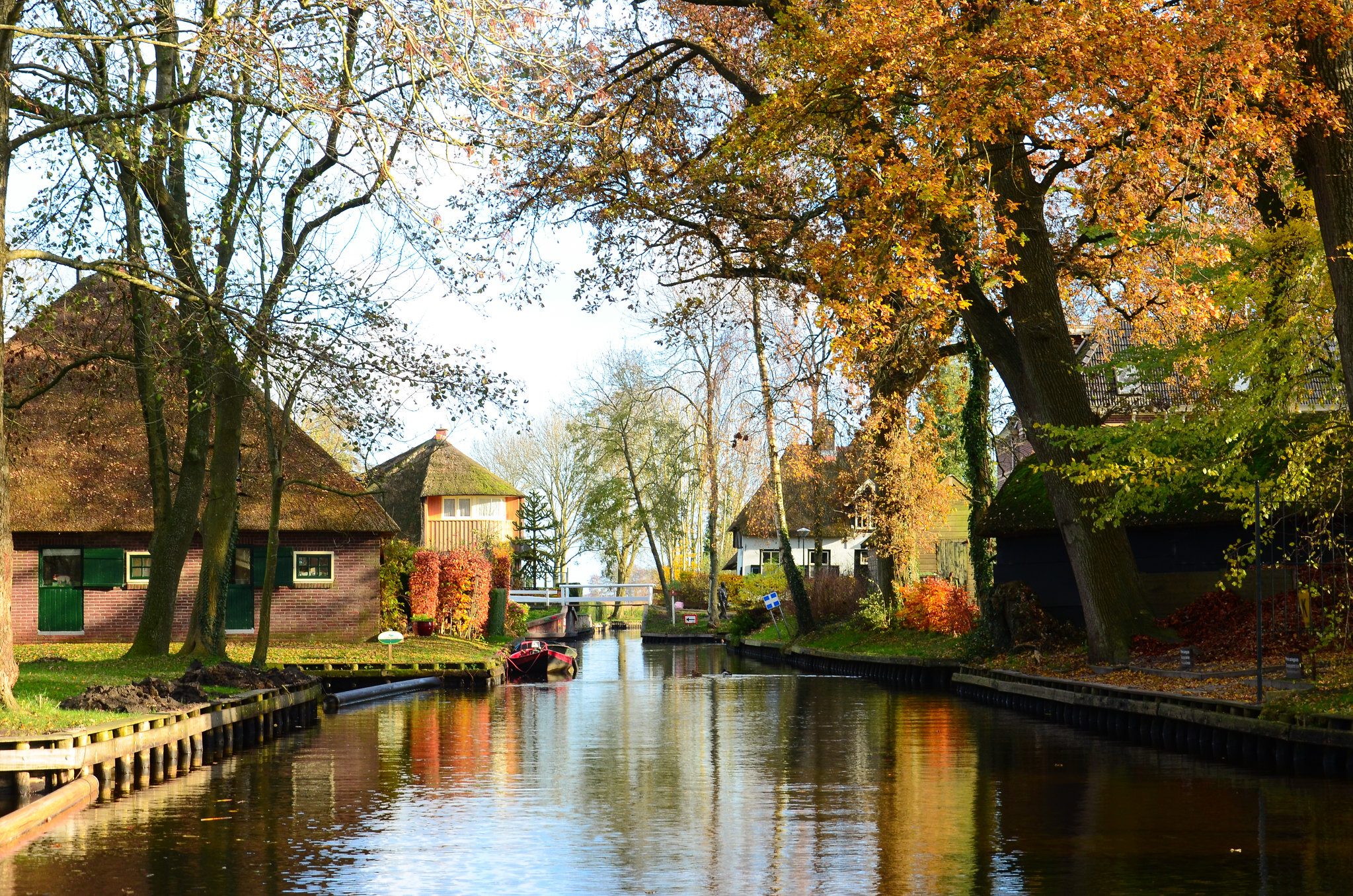
Tucked away in the Netherlands, Giethoorn is known as the “Venice of the North.” With an area of about 6.75 square miles and a population of just under 2,600, it’s small but stunning. Visitors can explore the peaceful canals by boat, passing charming thatched-roof houses. The village offers a glimpse into traditional Dutch rural life, untouched by modernity. The experience here revolves around a slower pace of living, with a focus on nature and timeless architecture.
Ping’an Village, China
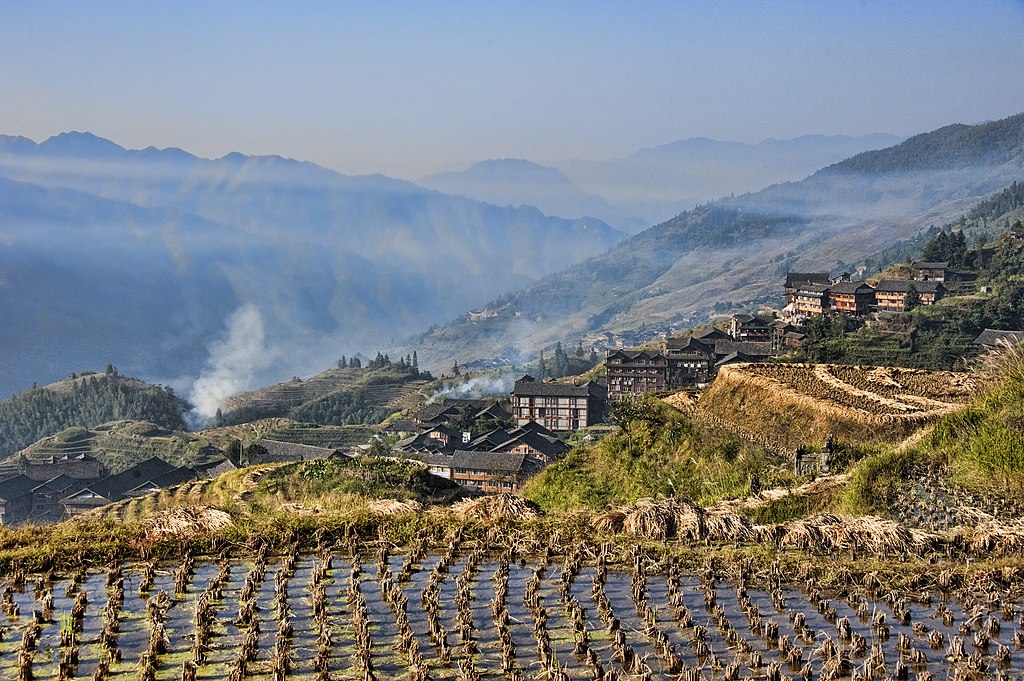
Nestled in the Longji Rice Terraces, Ping’an covers about 16 square miles. Home to around 800 people, it’s a quiet retreat from urban life. The terraces themselves are a sight to behold, and walking through them offers unforgettable views. Local Zhuang and Yao minorities share their centuries-old traditions, from unique festivals to handmade crafts. It’s a deep dive into agricultural life, far removed from the fast pace of modern China.
Sapa, Vietnam
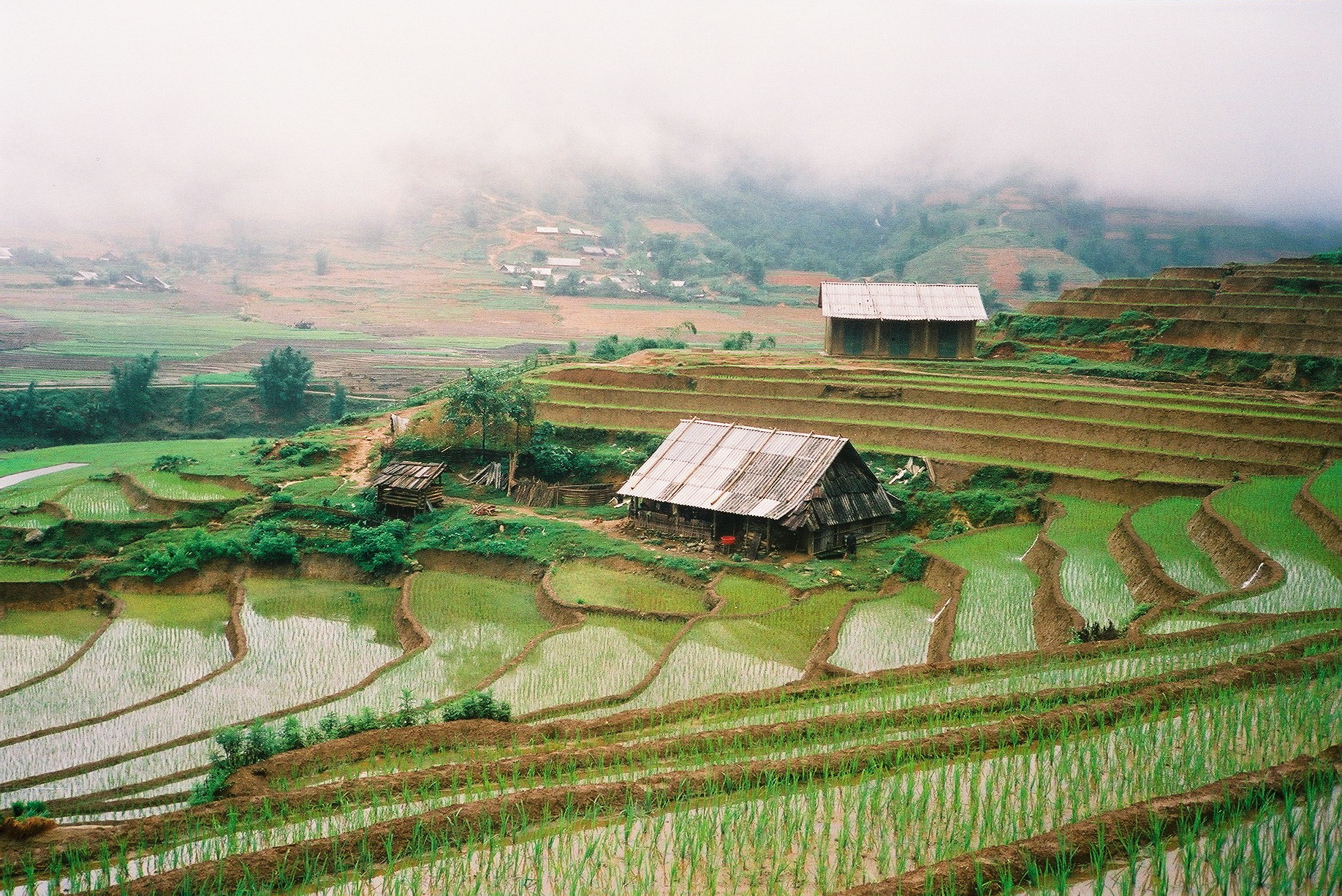
Set in the mountainous region of northern Vietnam, Sapa is surrounded by mist-covered peaks. The village spans about 9 square miles with a population of around 10,000, including several ethnic minority groups. Known for its terraced rice paddies and trekking routes, Sapa offers visitors both adventure and cultural immersion. The Hmong, Red Dao, and other tribes share their rich traditions through homestays and local markets. It’s a truly authentic way to explore the diverse cultures of Vietnam.
Zermatt, Switzerland
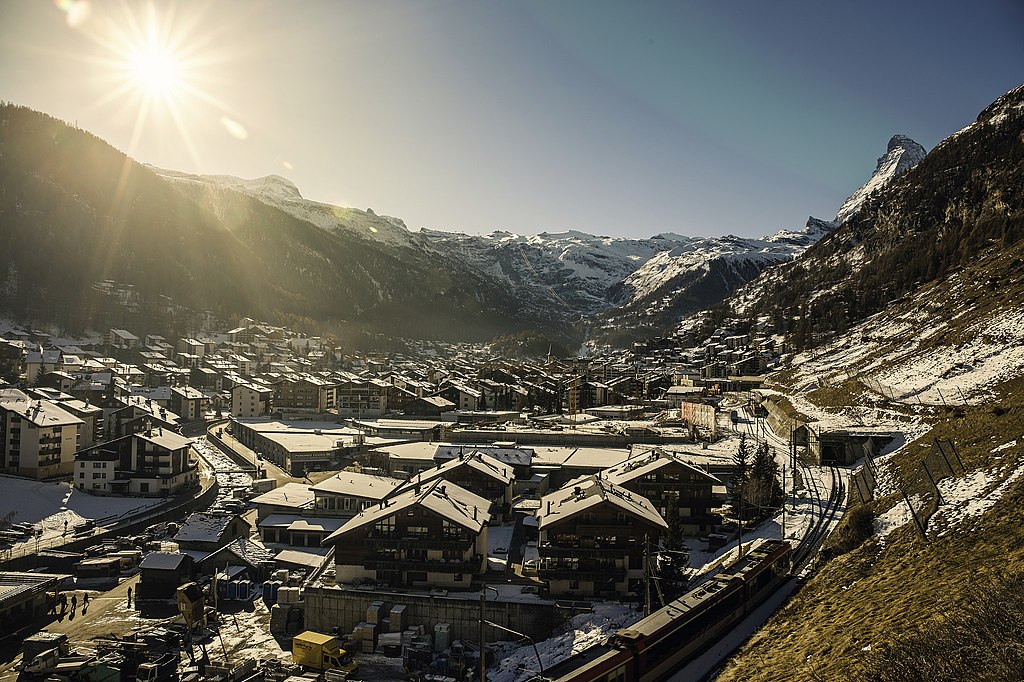
At the foot of the Matterhorn, Zermatt is a small alpine village with a population of about 5,800. Although it covers around 95 square miles, much of the area is mountainous terrain. The village’s car-free streets and wooden chalets offer a step back in time. Visitors can explore Swiss mountain culture through hikes, cheese-making tours, and traditional festivals. Zermatt blends natural beauty with deep-rooted cultural experiences.
Meteora, Greece
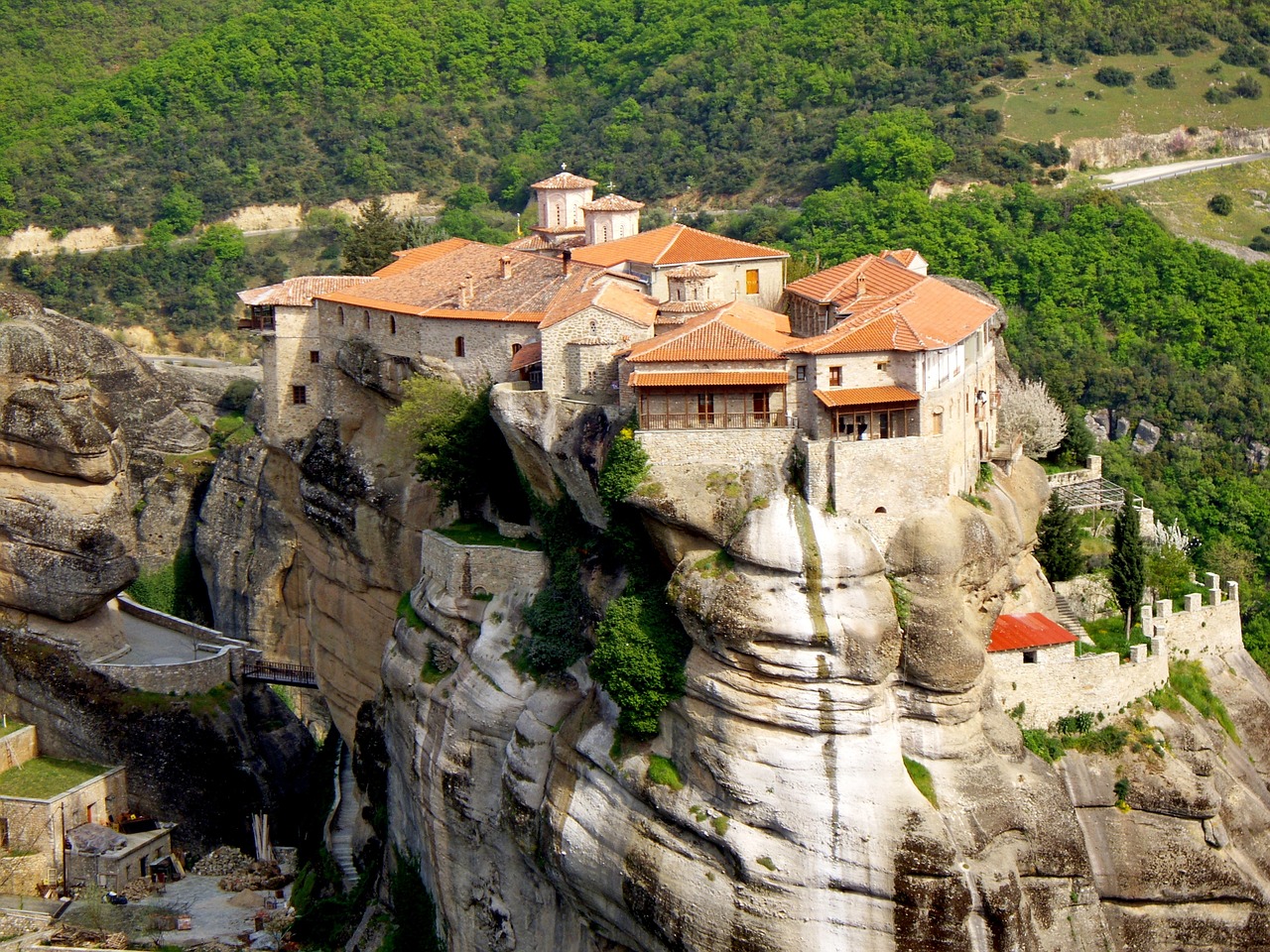
Located in central Greece, Meteora is a collection of villages clustered around awe-inspiring rock formations. The area spans about 108 square miles and is home to roughly 2,000 people. The monasteries perched atop cliffs are the main tourist draw, offering insight into Greece’s spiritual heritage. Traditional Greek hospitality is abundant, with opportunities to taste local foods and witness ancient customs. It’s a rare chance to explore both natural beauty and historical culture.
Chichicastenango, Guatemala
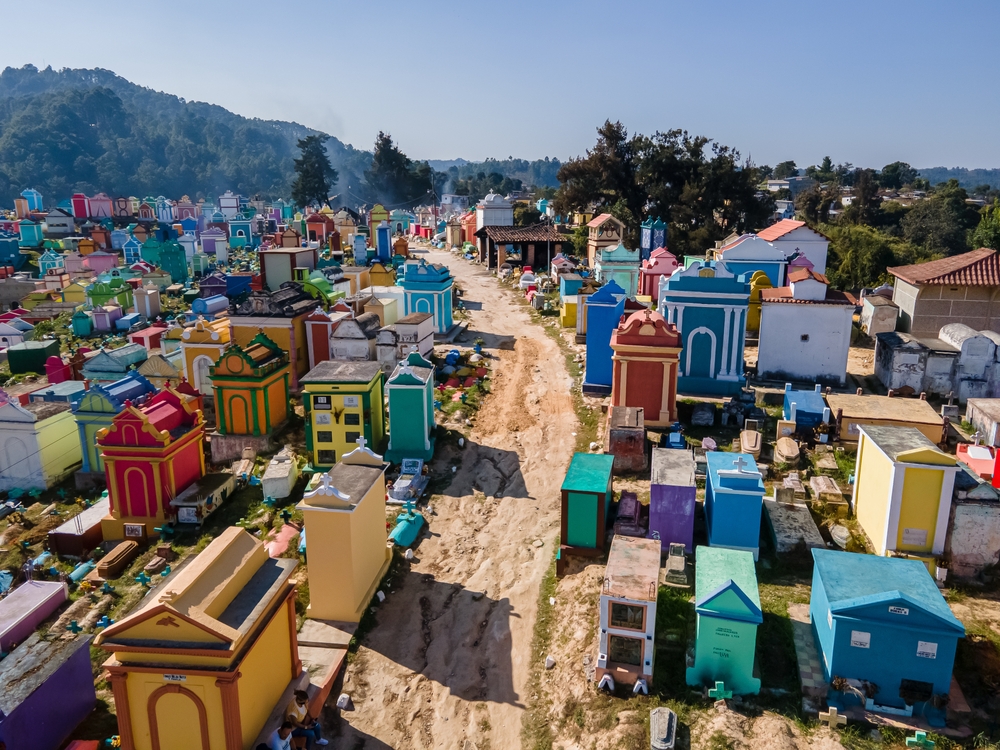
Chichicastenango, known locally as “Chichi,” is situated in the highlands of Guatemala. This small village, with a population of about 70,000, is famous for its vibrant market and rich Mayan traditions. Visitors can explore the vast central market, filled with colorful textiles, masks, and pottery. Cultural experiences include witnessing sacred rituals performed at the Santo Tomás Church. Chichi is a melting pot of ancient Mayan culture blended with Spanish influences.
Lamalera, Indonesia
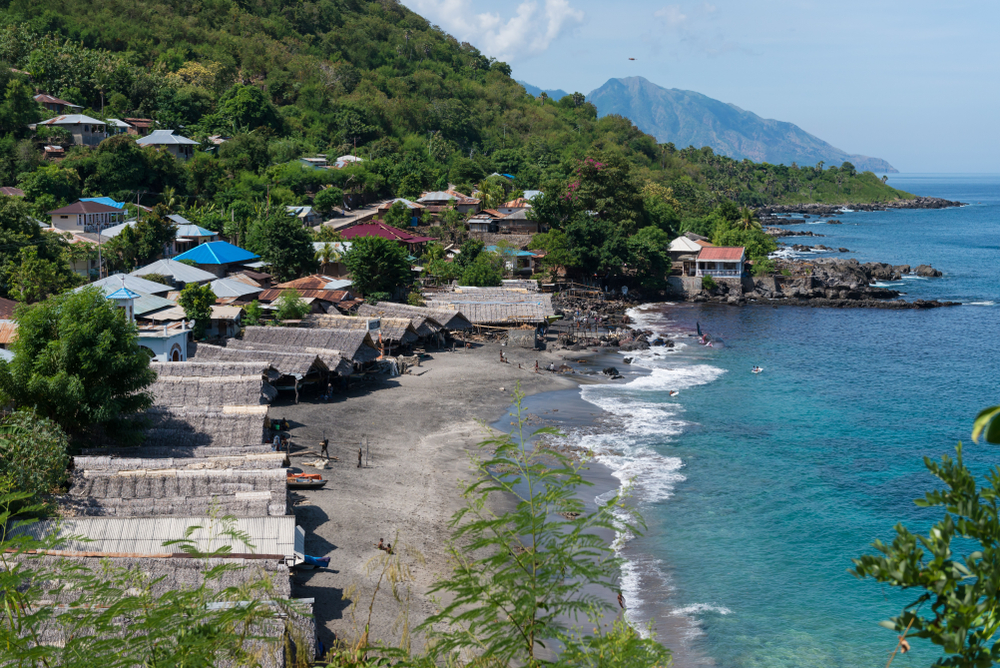
Located on the island of Lembata, Lamalera is a small coastal village known for its whaling culture. The area is about 17 square miles with a population of around 2,500. The village offers a unique insight into sustainable whaling practices, a tradition passed down for generations. Visitors can also enjoy the simplicity of island life, fishing with locals and participating in traditional ceremonies. It’s a chance to experience a community closely tied to the sea.
Omo Valley, Ethiopia
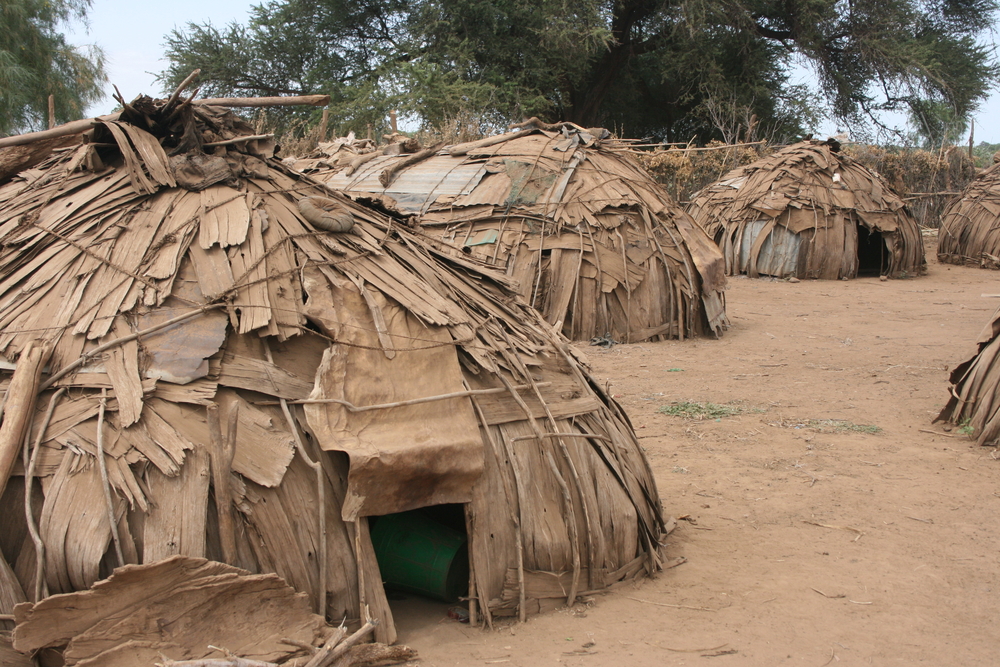
Omo Valley is home to some of Ethiopia’s most isolated and traditional tribes. The valley covers a vast area, but villages like Turmi or Jinka are small, with populations ranging from a few hundred to several thousand. Visitors can meet the Hamar, Mursi, and other tribes, each with their own distinct customs and rituals. Cultural experiences include witnessing traditional body painting, lip plates, and bull-jumping ceremonies. This is a once-in-a-lifetime opportunity to connect with ancient, living cultures.
Shirakawa-go, Japan
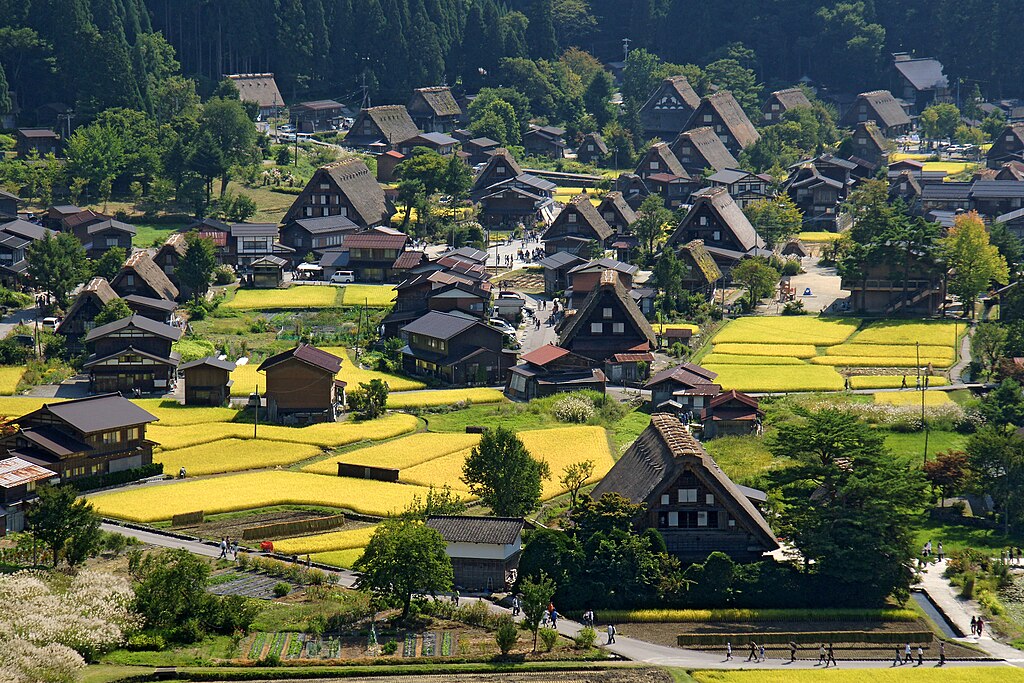
Tucked in the Japanese Alps, Shirakawa-go is a UNESCO World Heritage site known for its gassho-zukuri farmhouses. The village covers around 134 square miles, but its population is just over 1,500. These iconic, steep-roofed houses have been preserved for centuries, and visitors can stay in some of them to experience rural Japanese life. The village offers seasonal cultural experiences, from rice planting in spring to snow festivals in winter. It’s a serene and picturesque retreat from Japan’s bustling cities.
Goreme, Turkey
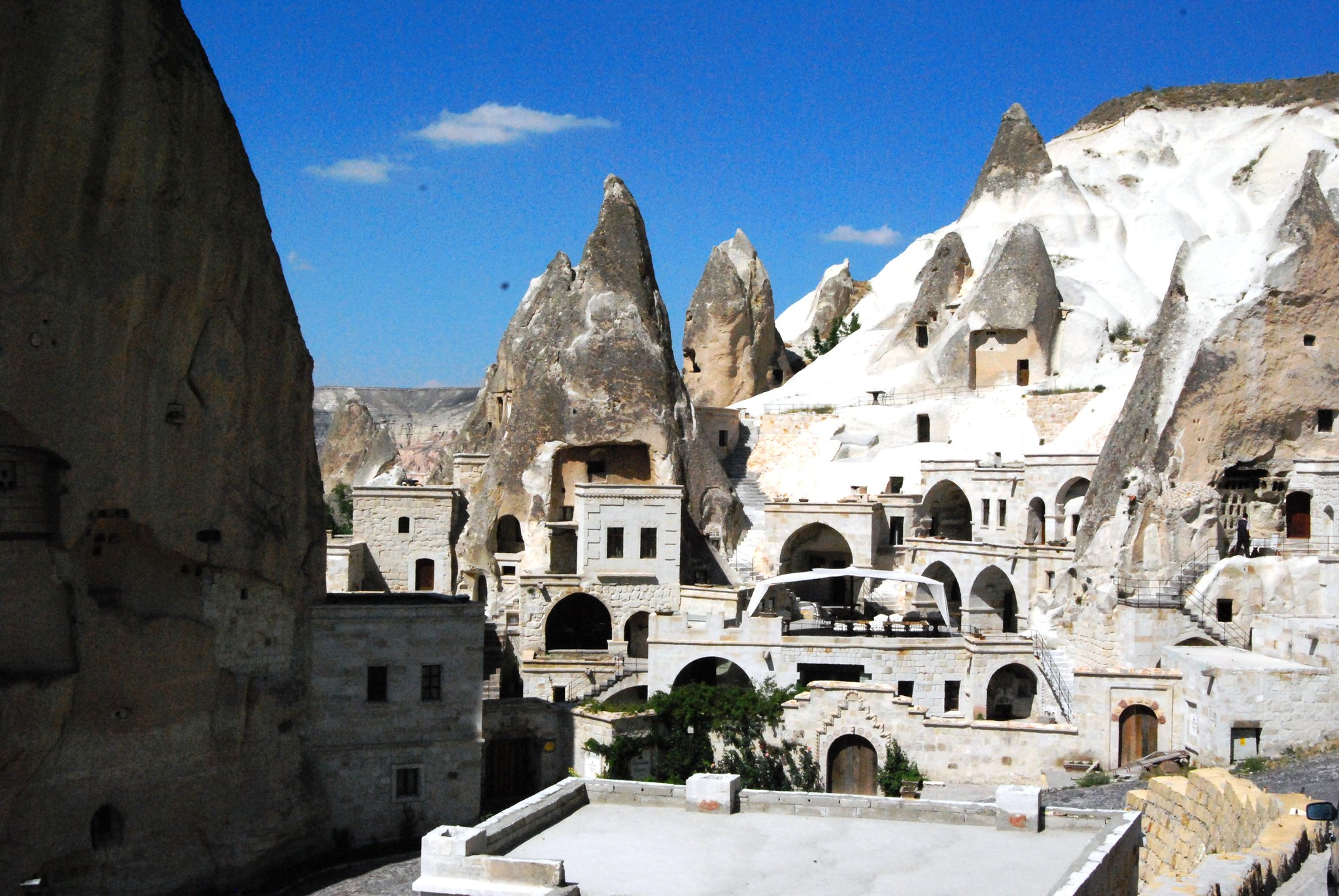
Goreme, located in the heart of Cappadocia, is famed for its cave dwellings and surreal landscapes. The village covers about 15 square miles with a population of around 2,000. Visitors can explore ancient cave churches, underground cities, and take hot air balloon rides over the region’s iconic fairy chimneys. The local culture is deeply rooted in history, offering visitors a blend of Turkish and ancient Anatolian traditions. Goreme is a window into a way of life shaped by the land itself.
Uros Floating Islands, Peru
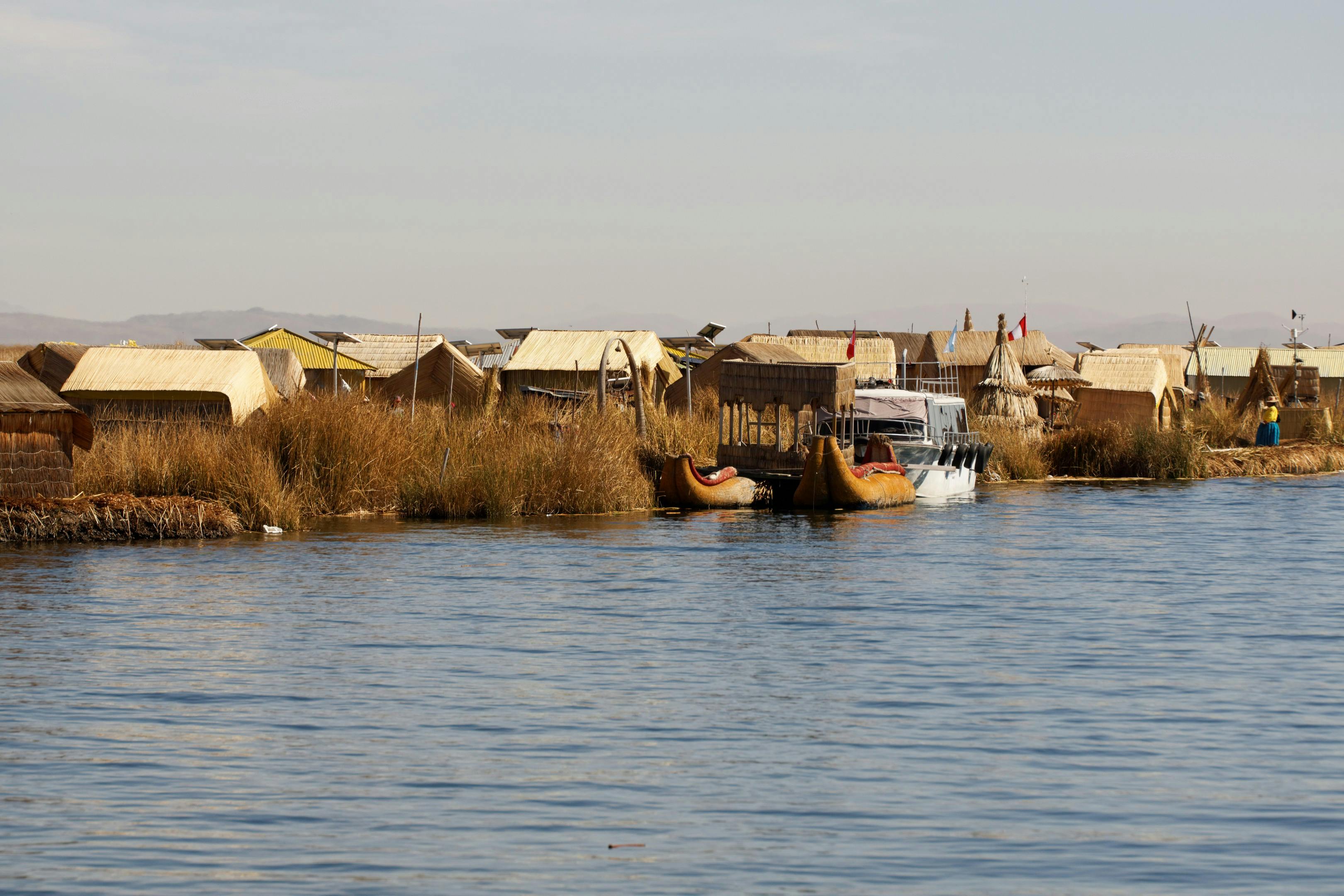
The Uros people of Peru live on floating reed islands in Lake Titicaca. These islands are spread over a few square miles, with each small village housing a few families. The Uros offer visitors a chance to see how they construct their homes and boats entirely from reeds. Visitors can experience traditional weaving, fishing, and even stay overnight in reed huts. It’s a fascinating glimpse into an ancient way of life that has adapted to its watery surroundings.
Kulusuk, Greenland
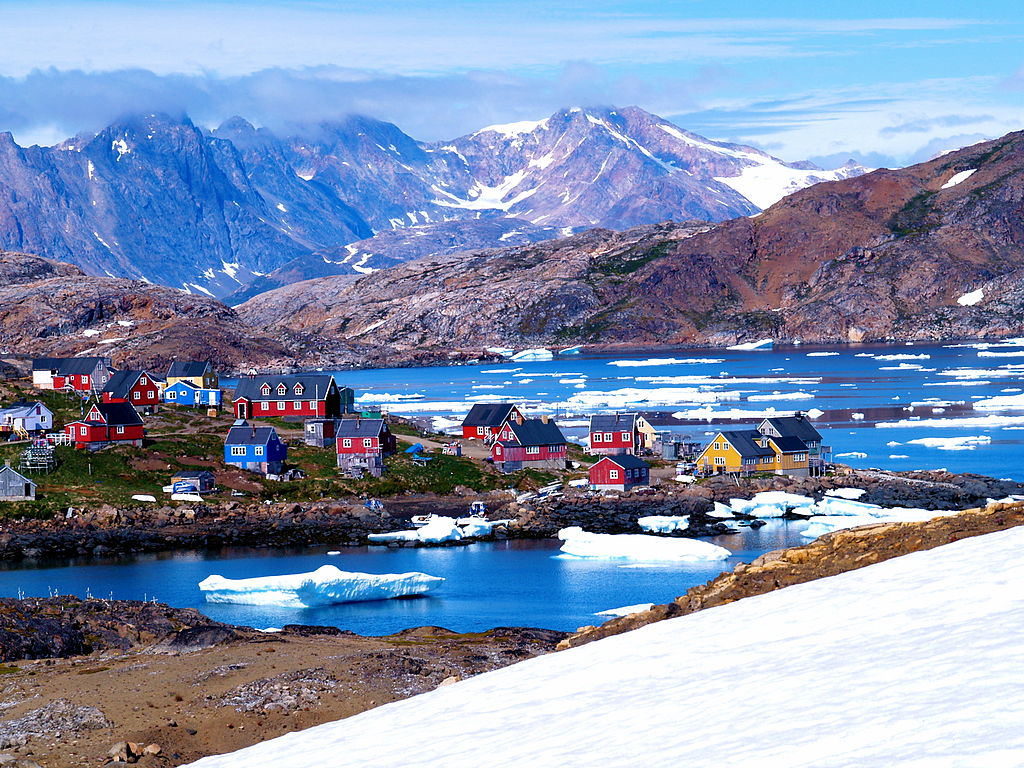
Kulusuk is a tiny village on the eastern coast of Greenland, home to about 250 people. The area covers around 8 square miles and is surrounded by glaciers and icebergs. Visitors can experience traditional Inuit culture, from dogsledding to seal hunting, alongside modern Greenlandic customs. The cultural experience here is one of resilience and survival in the Arctic, where the connection to nature is ever-present. Kulusuk offers a raw, untouched landscape that few get to see.
Carmona, Spain
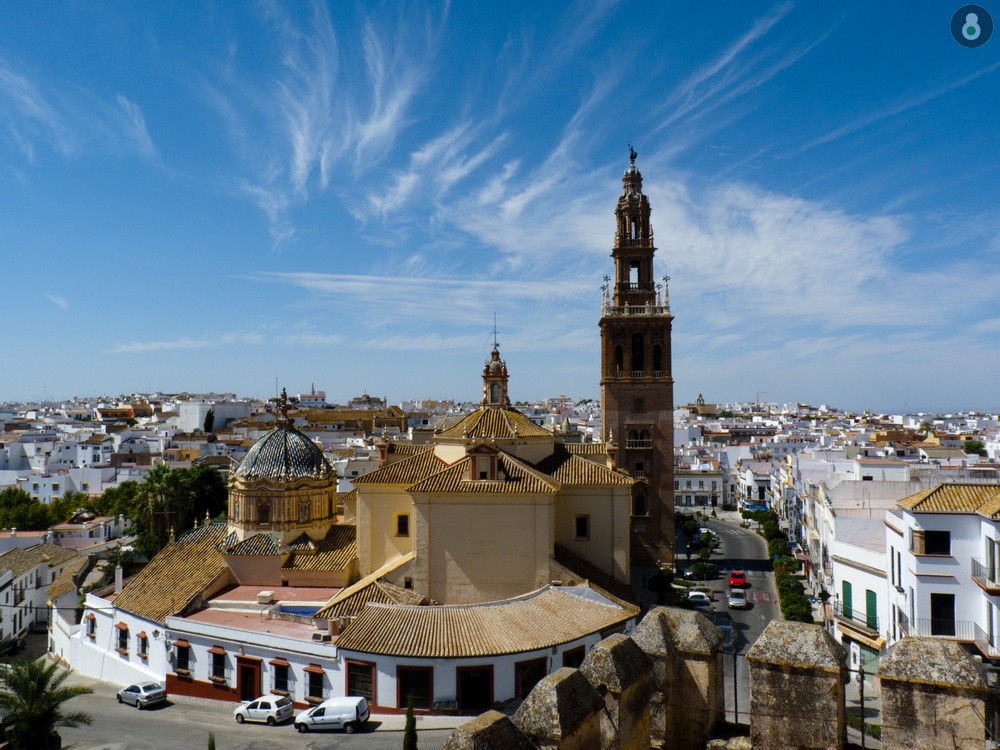
Carmona, located in southern Spain, is a historic village steeped in Roman and Moorish influences. It spans around 357 square miles and has a population of 28,000. Visitors can explore ancient Roman ruins, majestic Moorish architecture, and participate in traditional Andalusian festivals. The village is known for its rich history and delicious local cuisine, offering a blend of Spanish and Moorish flavors. It’s a perfect place to immerse yourself in Spain’s layered cultural heritage.
Kep, Cambodia
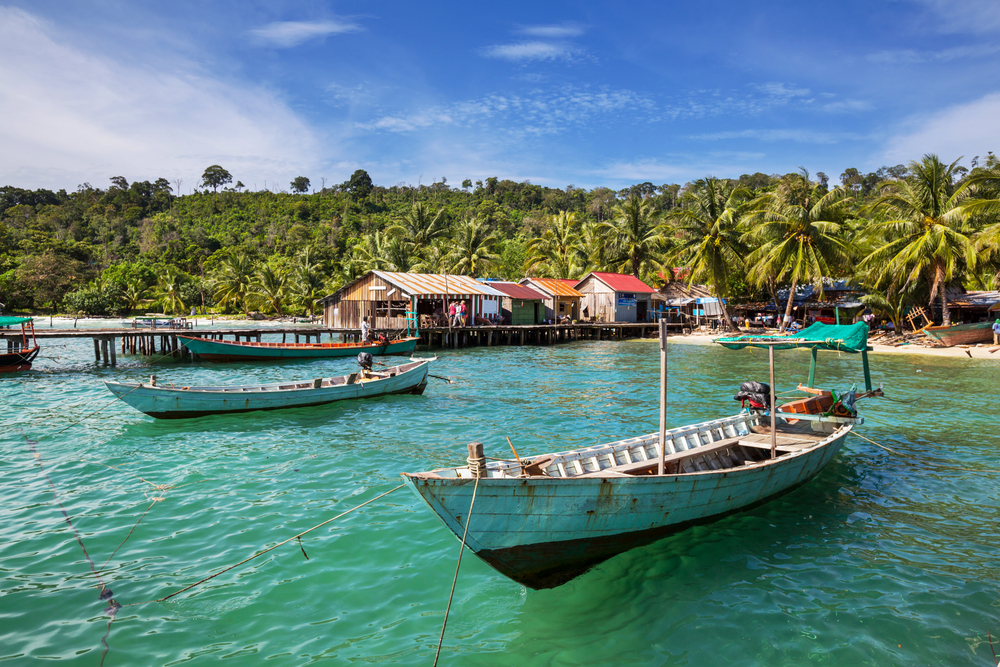
Once a French colonial retreat, Kep is now a quiet seaside village with about 20,000 residents. The village covers roughly 13 square miles and is known for its crumbling colonial villas and seafood markets. Visitors can explore nearby pepper farms, visit the famous crab market, and enjoy stunning coastal views. The cultural experience is a blend of Cambodian rural life with remnants of French influence. Kep is the ideal escape for those seeking a laid-back, authentic Cambodian experience.
Kavala, Greece
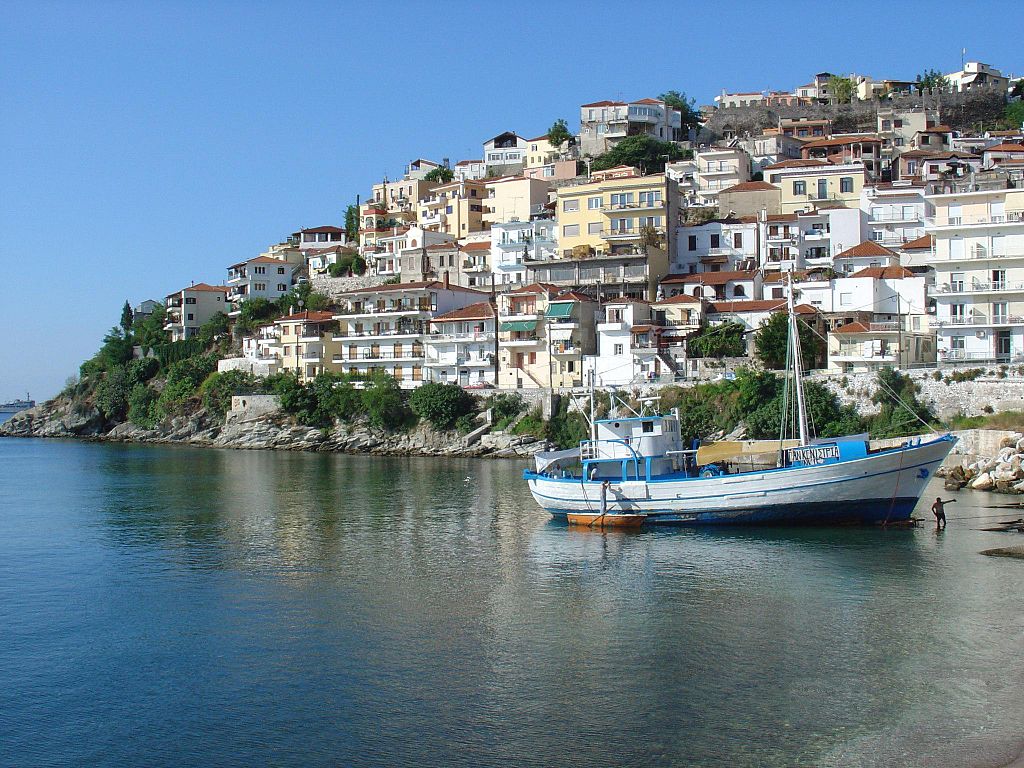
Kavala is a coastal village in northern Greece with a rich Byzantine and Ottoman history. Covering about 11 square miles with a population of 58,000, it’s known for its stunning aqueduct and old town. Tourists can explore Ottoman-style houses, ancient ruins, and enjoy local Greek cuisine at traditional tavernas. The village offers a deep dive into Greece’s complex history, with many cultural influences still visible today. Kavala is a peaceful retreat that showcases both Greek and Ottoman heritage.
Hallstatt, Austria
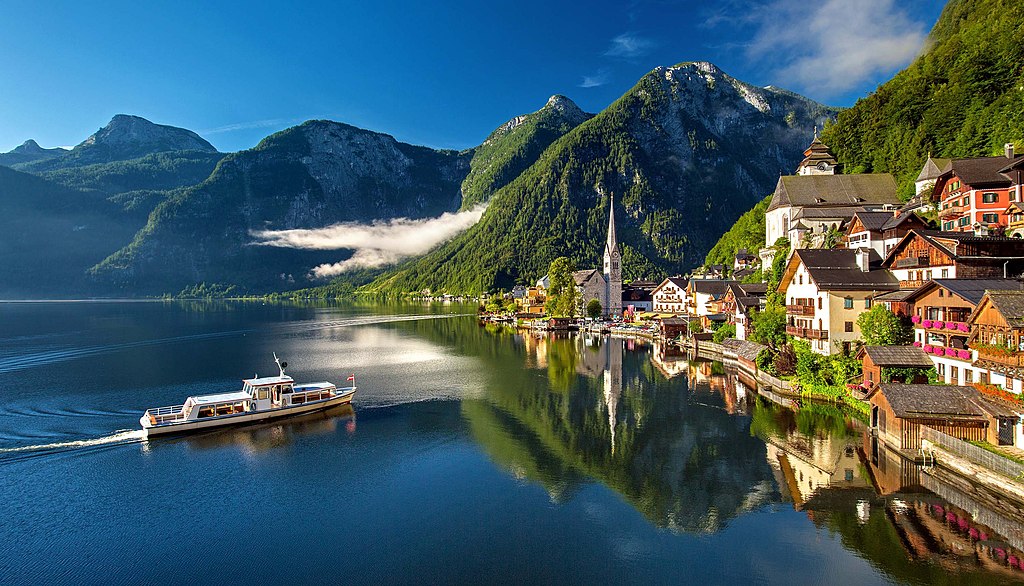
Hallstatt is a tiny village perched on the shores of Lake Hallstatt in Austria. Covering about 23 square miles with just 780 residents, it’s a picture-perfect destination. Visitors can explore ancient salt mines, charming alpine houses, and a tranquil lakeside atmosphere. The cultural experience here centers on traditional Austrian mountain life, with opportunities for hiking, boat rides, and local folk festivals. Hallstatt is like stepping into a postcard of alpine charm and history.
Wengen, Switzerland
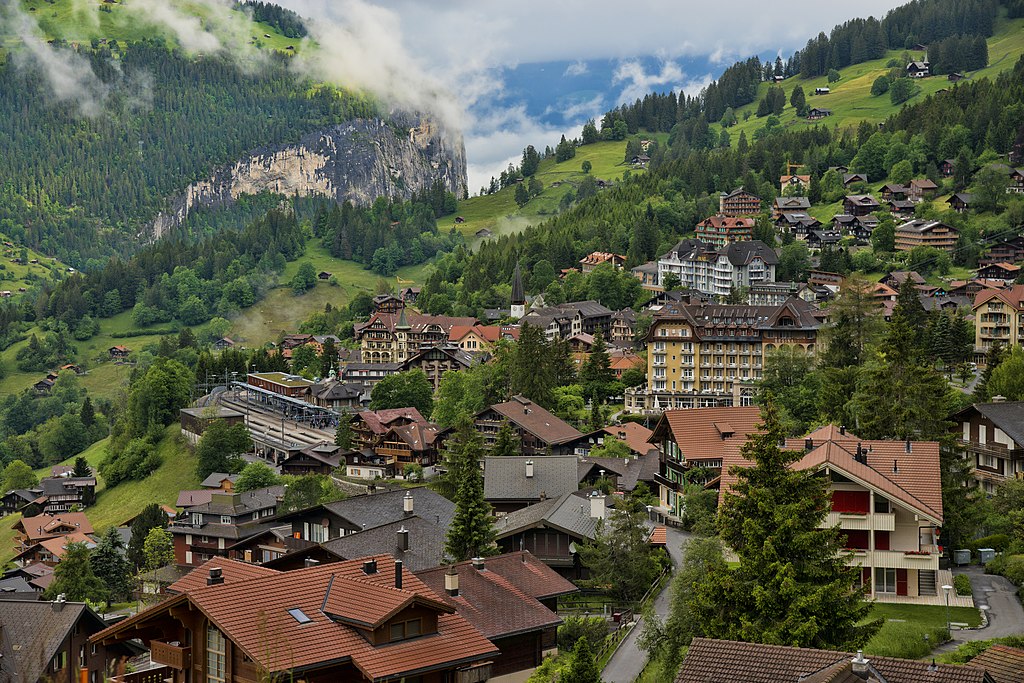
Wengen is a car-free village nestled in the Swiss Alps, covering about 14 square miles. With a population of just over 1,300, it’s a peaceful alpine getaway. Visitors can explore hiking trails, stunning mountain views, and traditional Swiss architecture. The village is famous for its annual Lauberhorn ski races and authentic Swiss festivals. Wengen offers a serene glimpse into Swiss alpine life, perfect for those seeking both adventure and cultural immersion.
Aït Benhaddou, Morocco
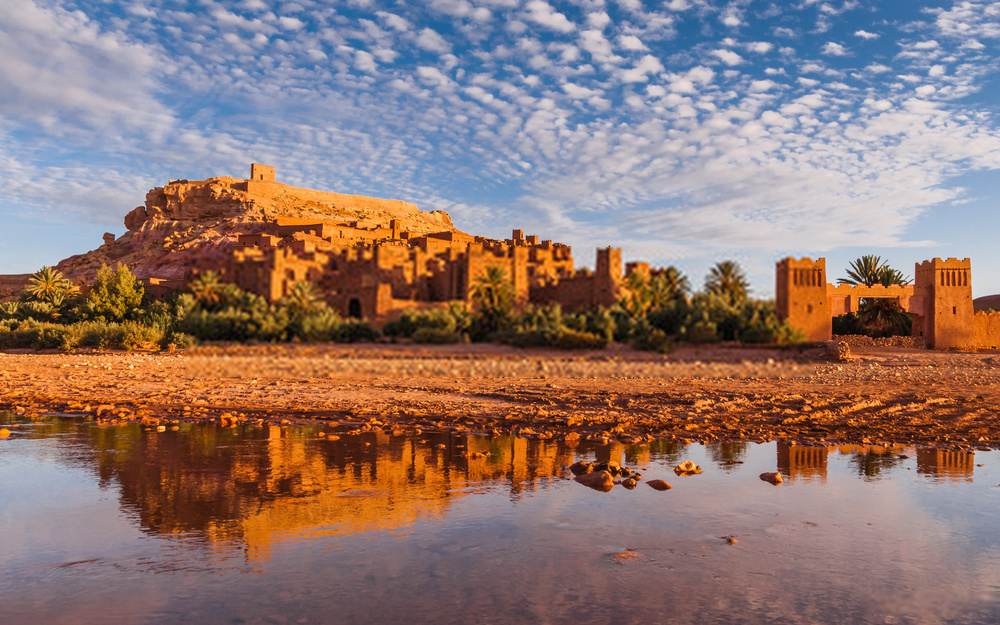
Aït Benhaddou is a fortified village in the foothills of the Atlas Mountains, known for its stunning earthen architecture. The village spans about 13 square miles, but its population has dwindled to fewer than 10 families. Visitors can explore the iconic kasbahs, which have been used as filming locations for several movies. The cultural experience here is one of traditional Berber life, with mud-brick houses and ancient practices still in use. It’s a fascinating blend of history and rural Moroccan life.
Berat, Albania
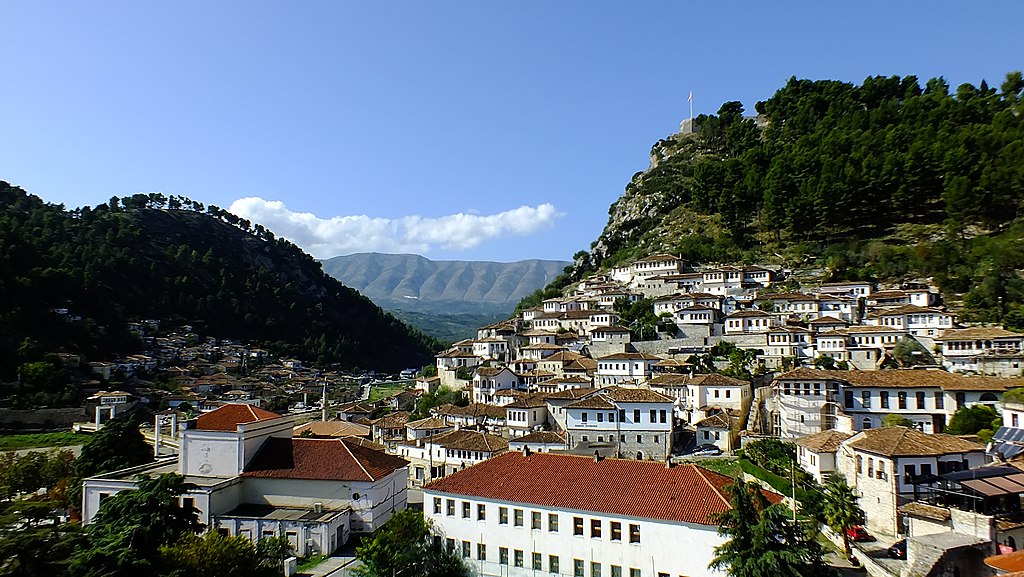
Berat, often called the “city of a thousand windows,” is a UNESCO World Heritage site in southern Albania. Covering about 15 square miles with a population of 60,000, it’s known for its Ottoman-style houses and medieval fortress. Visitors can explore narrow cobblestone streets, ancient churches, and Ottoman mosques. The cultural experience includes traditional Albanian music, food, and handicrafts. Berat offers a unique look into Albania’s rich history and welcoming culture.
Fianarantsoa, Madagascar
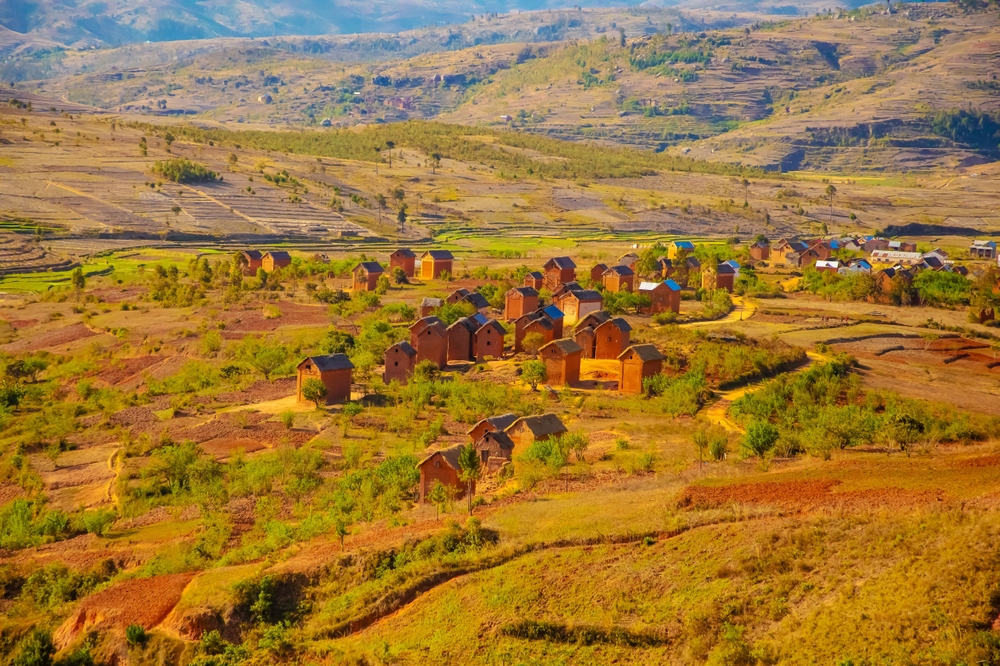
Fianarantsoa, located in Madagascar’s central highlands, is a cultural hub for the country’s Betsileo people. The city covers around 78 square miles with a population of over 190,000, though it retains a village-like feel. Visitors can explore vineyards, rice terraces, and traditional Malagasy houses. Cultural experiences include learning about Malagasy rituals, traditional music, and local crafts. Fianarantsoa is a vibrant reflection of Madagascar’s diverse cultural landscape.
Gore Bay, Canada
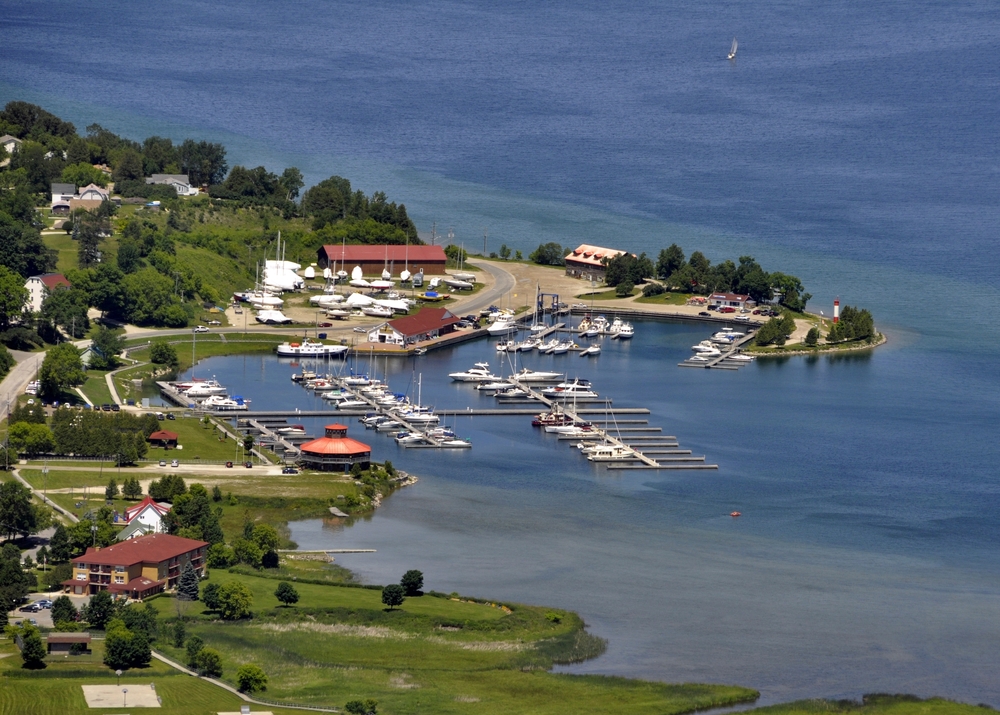
Gore Bay is a small village on Manitoulin Island in Ontario, Canada. With an area of around 4 square miles and a population of just over 800, it’s a peaceful lakeside retreat. Visitors can explore hiking trails, the local museum, and enjoy the stunning views of the North Channel. The cultural experience includes indigenous Anishinaabe traditions, with opportunities to learn about local history and crafts. Gore Bay is the perfect place to experience Canada’s natural beauty and indigenous heritage.
Setenil de las Bodegas, Spain
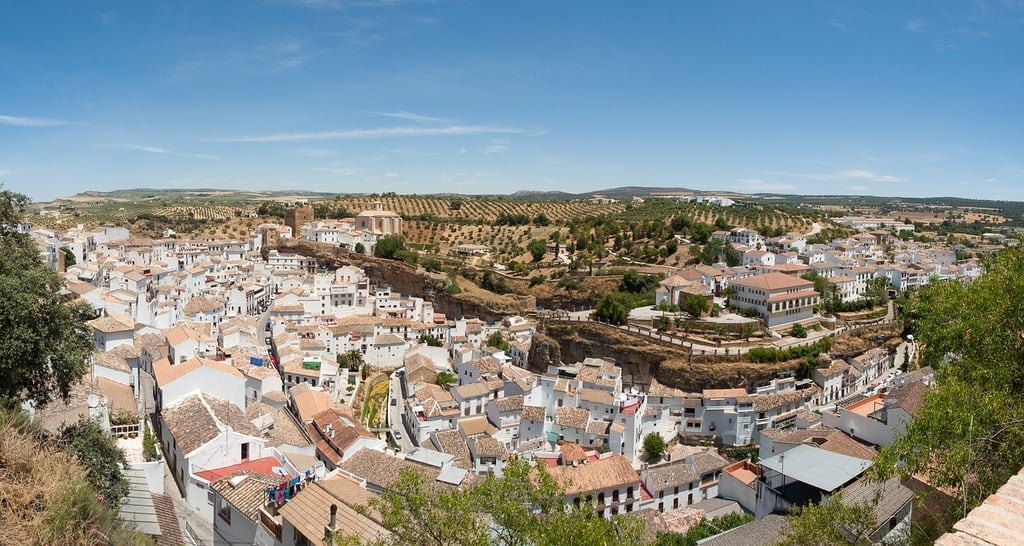
Setenil de las Bodegas is a small village in southern Spain famous for its cave dwellings. With a population of around 3,000 and covering about 9 square miles, it’s a truly unique destination. Visitors can explore houses built into the rock, narrow streets, and ancient churches. The village offers a glimpse into traditional Andalusian life, with local festivals and delicious regional cuisine. Setenil is a hidden gem that blends natural beauty with deep cultural roots.
Kazbegi, Georgia
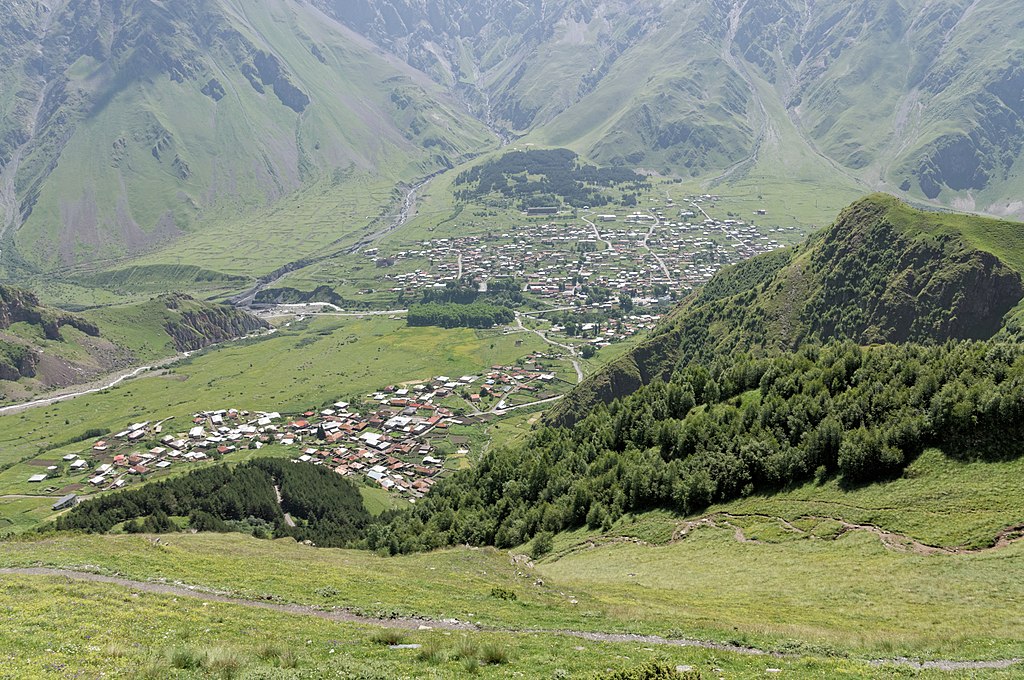
Kazbegi is a small mountain village in northeastern Georgia, covering around 43 square miles. With a population of just over 1,300, it’s surrounded by stunning alpine scenery. Visitors can explore the iconic Gergeti Trinity Church, perched on a hilltop with panoramic views of the Caucasus Mountains. The village offers a glimpse into traditional Georgian mountain life, with opportunities to taste local cuisine and experience highland customs. Kazbegi is a remote yet breathtaking cultural retreat.
Khinalug, Azerbaijan
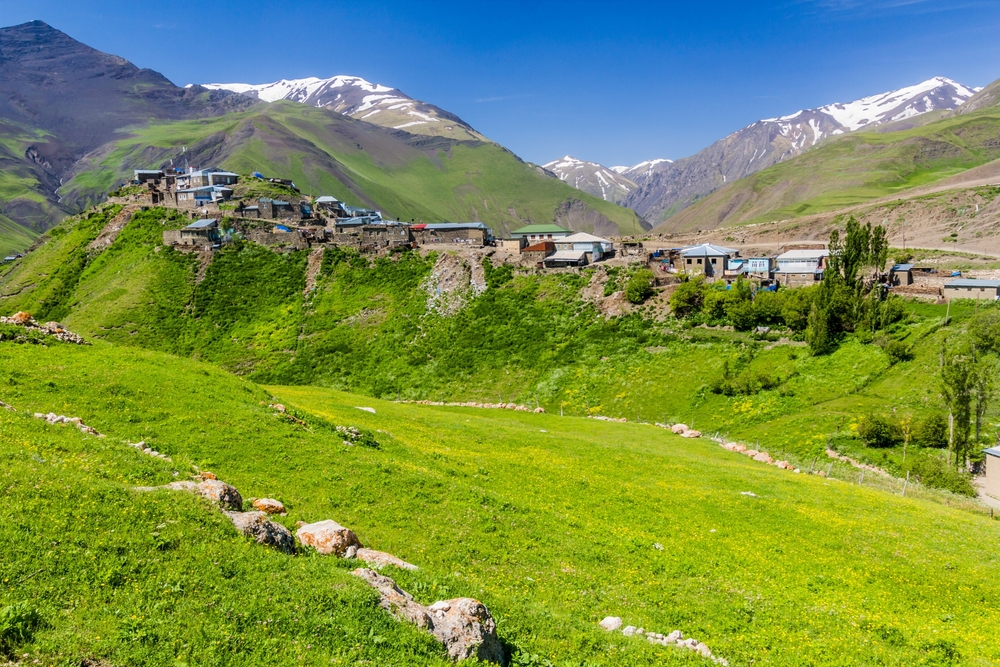
Khinalug is one of the oldest and most remote villages in the Caucasus Mountains. Covering around 24 square miles with a population of just 2,000, it sits at an altitude of over 7,700 feet. Visitors can explore ancient stone houses, meet local shepherds, and hike through the rugged landscape. The village offers a deep dive into ancient Caucasian culture, with traditions that have been preserved for centuries. Khinalug is a truly off-the-beaten-path destination that feels like a step back in time.
This article originally appeared on UnifyCosmos.
More from UnifyCosmos
18 Beauty Products That Make Packing Light a Breeze

raveling light is an art, and when it comes to beauty products, it can be challenging to decide what to bring. Fortunately, there are multi-tasking products that simplify your packing without compromising your beauty routine Read More
15 Fashion Staples from the Past Taking Over Today’s Wardrobes

Fashion is cyclical, and many trends from the past are making a strong comeback in today’s wardrobes. These timeless pieces are proving that good style never goes out of fashion. Read More
16 Jewelry Packing Tips for Safe and Stylish Travels

Traveling with your favorite jewelry can be nerve-wracking, but with a few smart packing tips, you can keep your pieces safe and organized. Whether you’re bringing a statement necklace or just a few rings, knowing how to pack them correctly can make all the difference. Read More
Leave a Reply